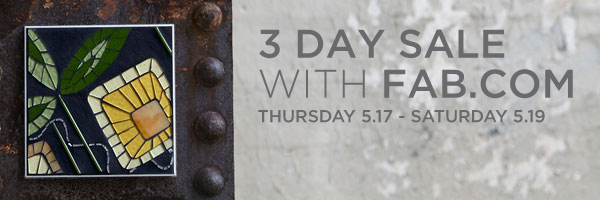A new series is taking shape in the studio. Having grown up on a grain farm in northern Alberta, seasons and planting cycles are deeply engrained. I notice plants. I notice stems and leaves as much as blooms and fruit. I like watching color and form change across the growing season. I find deadheads just as interesting as full season blooms. Climbers and vines are particularly captivating: stunning lines are formed by incessant movement and twisting toward the light. I have been drawing Twist over this summer, using images of foliage and seaweed and vines as inspiration. I am equally interested in the luminous glass and the negative space of the matte grout.
Twist celebrates life and growth and vitality. It features spring and apple greens and new colors in my glass palette, pinks and corals. I have been searching for these colors since last fall. These tints from Bullseye require kiln firing to bring out their rich color. Many thanks to my good friend Paul Messink of Turtle Bay Glass for firing this glass.
The first piece is 10"x10". So many directions to explore with this new work.









